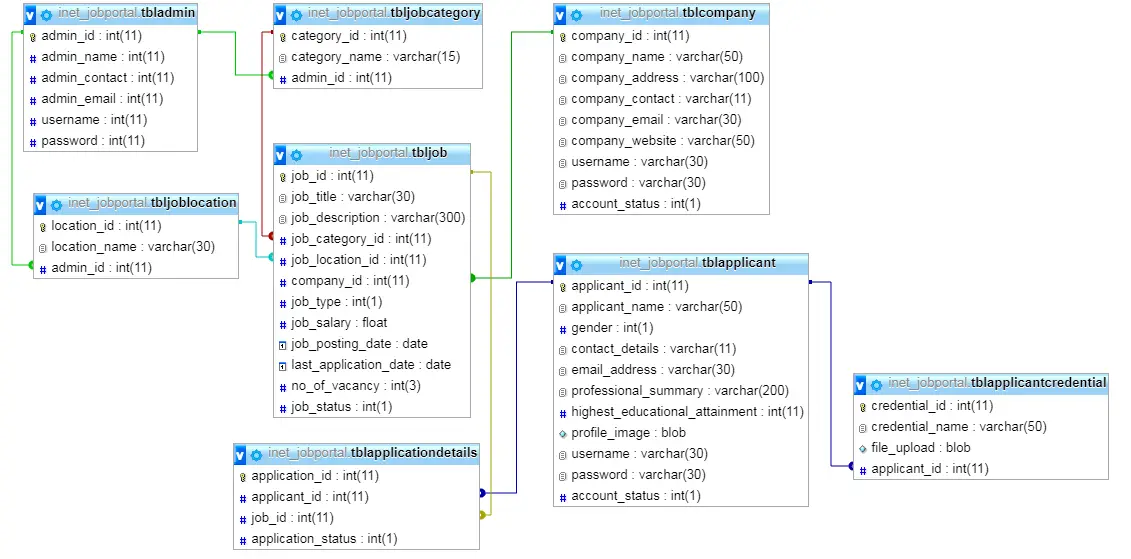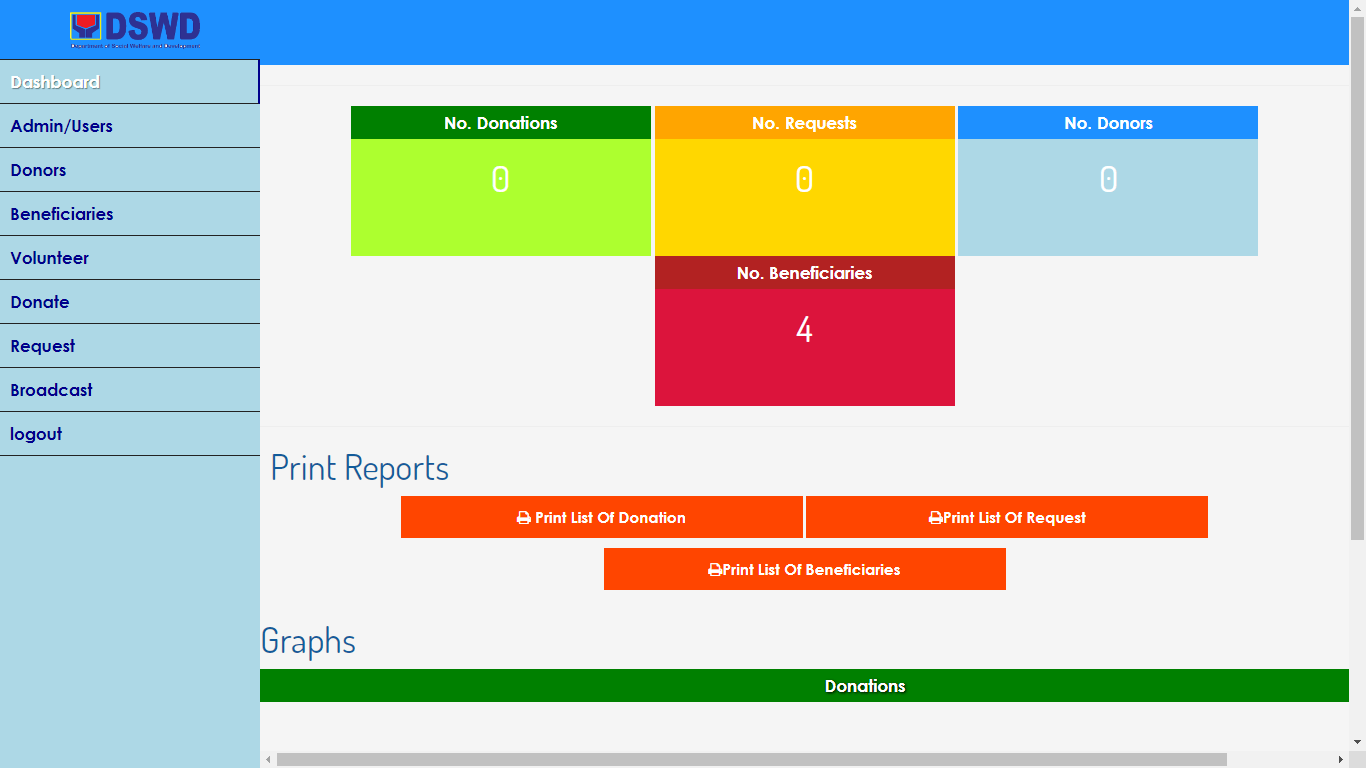AI in Government and Good Governance
Introduction to AI in Government
Table of Contents
Artificial Intelligence (AI) is rapidly transforming how governments operate, bringing significant improvements to efficiency, decision-making, and service delivery. In the context of governance, AI refers to the use of intelligent systems and algorithms to automate tasks, analyze vast amounts of data, and support various government functions. From improving administrative processes to enhancing citizen engagement, AI offers governments the tools needed to innovate and improve public services.
Historically, governments have used technology to streamline operations and improve public services. However, the rise of AI marks a new era where data-driven insights and automated systems can manage complex tasks with greater accuracy and speed. Early examples include the automation of record-keeping, followed by the adoption of digital services to improve communication between citizens and public agencies.
Today, governments worldwide are embracing AI at an unprecedented rate. AI-powered systems are being used in areas like public administration, healthcare, law enforcement, and urban planning. Several countries are leading the way in AI adoption, showcasing how AI can support smarter governance, enhance transparency, and improve overall government efficiency.
AI for Transparency and Accountability
AI plays a vital role in promoting transparency and accountability within governments by enhancing data-driven decision-making and providing tools that help prevent corruption. By leveraging AI technologies, governments can improve public trust through more transparent operations and easier access to information.
One of the primary benefits of AI in governance is its ability to process large amounts of data, enabling better decision-making. Governments can use AI to analyze patterns in data, detect anomalies, and identify areas that require closer attention. This leads to more informed decisions and ensures that government actions are both accountable and transparent.
AI is also being utilized to audit government transactions more effectively. Automated systems can continuously monitor financial data, flagging suspicious transactions or irregularities that might indicate corruption. By reducing human error and bias, AI helps prevent fraud and ensures that public resources are used efficiently.
In addition to internal accountability, AI tools are helping governments make information more accessible to the public. AI-powered chatbots, for example, enable citizens to easily access government services, information, and data in real time. These initiatives not only enhance transparency but also foster greater citizen engagement by making it easier for people to interact with government services and obtain the information they need.
By integrating AI into decision-making, auditing, and information-sharing processes, governments can ensure higher levels of transparency and accountability, leading to a more open and trustworthy relationship with the public.
Key Areas of AI Application in Government
AI is revolutionizing various sectors of government, significantly improving efficiency, decision-making, and service delivery. Below are the key areas where AI is making an impact:
Public Administration and Bureaucratic Efficiency
AI automates many routine tasks in public administration, such as document processing and handling applications, freeing up time for government employees to focus on more complex issues. AI-driven decision-making systems also help governments analyze vast amounts of data quickly, leading to more informed and effective policy decisions.
Smart Cities
AI is essential in developing smart cities, playing a key role in urban planning and traffic management. By analyzing traffic patterns and optimizing resource allocation, AI helps reduce congestion and improve public safety. Additionally, AI systems enhance the management of city resources, such as energy and water, ensuring sustainable development.
Healthcare Systems
In healthcare, AI is used to build predictive models that help governments manage healthcare systems more efficiently. AI-driven tools are used for disease tracking and monitoring, which allows for quicker response to public health crises and better management of healthcare resources. Predictive analytics can also help identify potential health risks and improve patient outcomes.
Justice and Law Enforcement
AI enhances justice and law enforcement through technologies like facial recognition, predictive policing, and AI-assisted criminal investigations. AI helps identify patterns in criminal activities, allowing law enforcement agencies to respond proactively. Additionally, AI is used in legal systems to assist with case management, making legal processes more efficient and reducing delays in justice delivery.
Education and Workforce Development
In education, AI is transforming learning through personalized platforms that adapt to individual student needs, offering customized learning experiences. AI also plays a significant role in workforce development by providing career pathing tools and AI-driven training programs, helping people develop the skills needed for the future job market.
Through these applications, AI is enabling governments to deliver smarter, more efficient, and more responsive public services.
Challenges and Barriers to AI Adoption in Governance
While AI offers numerous benefits to governments, its adoption faces several challenges and barriers. These hurdles must be addressed to fully harness the potential of AI in governance.
Financial and Infrastructure Constraints
Implementing AI technologies requires substantial investment in both software and hardware infrastructure. Many governments, particularly in developing countries, face financial limitations that make it difficult to afford the necessary AI tools and systems. Additionally, outdated infrastructure, such as slow internet connectivity and insufficient data storage capabilities, further limits the adoption of AI technologies in public services.
Skill Gaps in Government Workforce
The successful implementation of AI in governance relies on a skilled workforce capable of managing and developing AI-driven systems. However, many governments lack the necessary talent in data science, machine learning, and AI technologies. This skills gap makes it challenging to deploy AI solutions effectively and integrate them into existing systems. Training programs and collaboration with the private sector are essential to bridging this gap.
Public Trust in AI Systems and Overcoming Skepticism
Public trust is a crucial factor in the adoption of AI in governance. Many citizens remain skeptical about AI, particularly concerning issues like data privacy, AI bias, and fairness. Governments must prioritize transparency and ensure that AI systems are ethical, secure, and free from bias to build public confidence. Overcoming skepticism requires clear communication about how AI will be used, as well as accountability measures to prevent misuse.
By addressing these challenges—financial limitations, skill shortages, and public trust—governments can overcome barriers to AI adoption and fully realize its potential to improve governance and public services.
AI in Government and Good Governance Project Ideas
Here are 15 project ideas related to AI in Government and Good Governance, each with a brief description and recommended development tools:
- AI-Powered Citizen Service Chatbot
- Description: A chatbot that provides citizens with real-time answers to common queries, such as tax filing, permits, and social services.
- Development Tools: Python, Rasa, Node.js, Dialogflow, MySQL
- AI-Based Corruption Detection System
- Description: A system that analyzes government transactions for irregularities and flags suspicious activities to prevent corruption.
- Development Tools: Python, TensorFlow, PostgreSQL, Power BI, Scikit-learn
- Automated Document Processing for Public Administration
- Description: An AI solution that automates the processing of official documents, reducing bureaucratic delays.
- Development Tools: Python, OpenCV, NLTK, Tesseract OCR, Flask
- Smart City Traffic Management System
- Description: An AI-driven system for monitoring traffic flow in real-time, optimizing traffic lights, and reducing congestion.
- Development Tools: Python, OpenCV, TensorFlow, Django, Leaflet.js
- AI-Powered Disaster Response System
- Description: A predictive tool that uses AI to assess disaster risks and allocate resources efficiently for emergency response.
- Development Tools: Python, Keras, PostgreSQL, Google Maps API
- AI for Healthcare Resource Allocation
- Description: An AI system that predicts healthcare demands based on population health data and optimizes resource allocation.
- Development Tools: Python, Pandas, TensorFlow, Flask, MySQL
- Predictive Policing Using AI
- Description: A system that predicts crime hotspots and helps law enforcement allocate resources more efficiently.
- Development Tools: Python, Keras, Scikit-learn, PostgreSQL, D3.js
- AI-Driven Public Feedback Analysis Platform
- Description: A platform that collects and analyzes public feedback on government services using sentiment analysis.
- Development Tools: PHP, Python, MySQL, PHP-ML, Bootstrap
- AI-Powered Policy Impact Simulator
- Description: A tool that uses AI to simulate the impact of new government policies, helping policymakers make data-driven decisions.
- Development Tools: Python, TensorFlow, Django, PostgreSQL, Tableau
- AI-Based Public Records Search Engine
- Description: A search engine that uses natural language processing (NLP) to help citizens access government records easily.
- Development Tools: Python, NLTK, Elasticsearch, Flask, MongoDB
- AI for Resource Planning in Public Transportation
- Description: An AI-driven tool that forecasts public transport demand and optimizes bus/train schedules accordingly.
- Development Tools: Python, Scikit-learn, Pandas, Leaflet.js, PostgreSQL
- Facial Recognition System for Public Safety
- Description: An AI-based system for law enforcement to identify suspects using facial recognition in public areas.
- Development Tools: Python, OpenCV, Dlib, TensorFlow, Flask
- AI-Enhanced Education Portal for Personalized Learning
- Description: A platform that uses AI to offer personalized learning experiences for students in public schools.
- Development Tools: Python, TensorFlow, Django, MySQL, Bootstrap
- AI-Powered Waste Management System
- Description: A smart system that predicts waste collection schedules based on urban waste generation patterns.
- Development Tools: Python, Pandas, Leaflet.js, PostgreSQL, Node.js
- AI-Driven Legal Case Management System
- Description: An AI-based system that helps the judiciary manage legal cases more efficiently, with automatic case sorting and recommendations.
- Development Tools: Python, Keras, Flask, PostgreSQL, Angular
Each project focuses on using AI to improve government efficiency and transparency while enhancing public services.
Conclusion
In summary, AI is poised to revolutionize governance by enhancing efficiency, transparency, and public service delivery. From automating routine tasks in public administration to transforming healthcare, education, law enforcement, and urban management, AI offers immense opportunities for governments to operate smarter and more effectively. However, the road to widespread AI adoption comes with significant challenges, including financial constraints, skill shortages, and the need to build public trust in AI systems.
The ethical and well-governed implementation of AI is crucial for its success. Governments must ensure that AI systems are transparent, unbiased, and secure, while also maintaining accountability to avoid misuse. By addressing these ethical concerns, AI can foster greater public trust and lead to more responsible and effective governance.
AI has the potential to transform governance for the better, enabling governments to provide more responsive and personalized services while improving decision-making and crisis management. As AI technologies continue to evolve, their role in shaping the future of governance will only become more significant. With careful planning and ethical governance, AI can truly drive positive change in the public sector.
You may visit our Facebook page for more information, inquiries, and comments. Please subscribe also to our YouTube Channel to receive free capstone projects resources and computer programming tutorials.
Hire our team to do the project.


